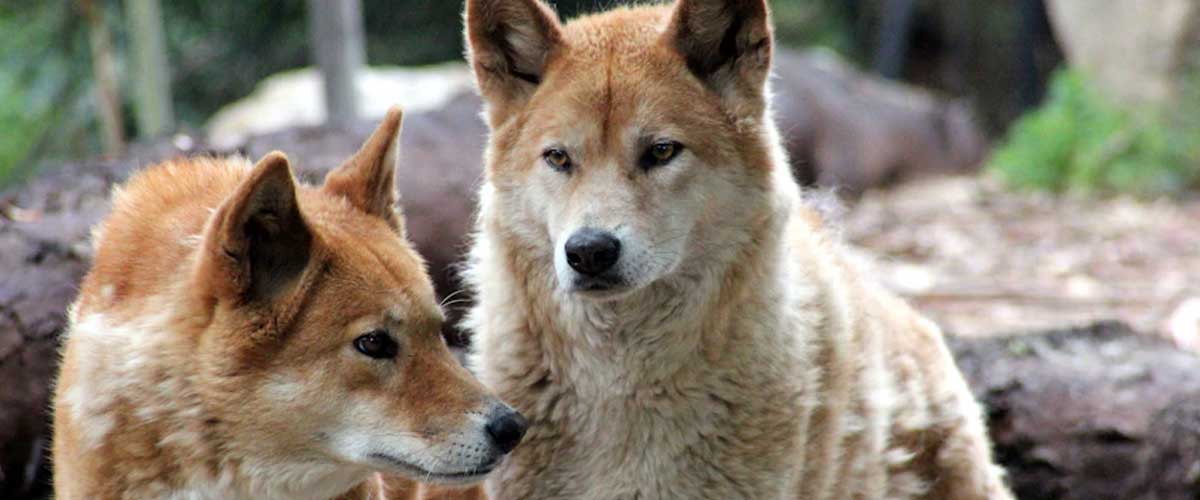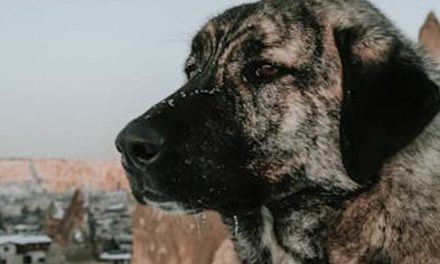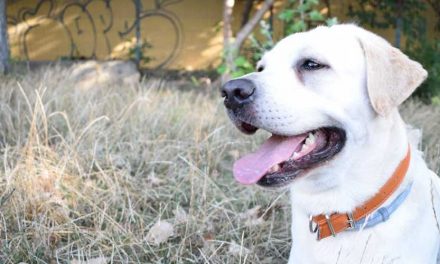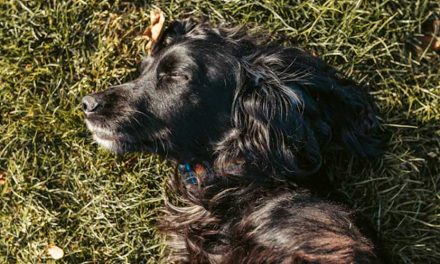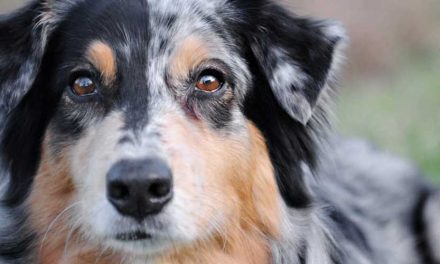The Dingo, a wild canine native to Australia, has long captured the imagination of dog lovers and wildlife enthusiasts alike.
Known for its remarkable adaptability and survival skills, the Dingo is a unique breed that walks the line between domestication and wildness.
This article examines the characteristics, history, and role of the Dingo in both the wild and as a companion animal.
Origins and History
Dingoes are believed to have arrived in Australia approximately 4,000 years ago, likely brought by seafarers from Southeast Asia.
Over time, these canines adapted to the diverse ecosystems of the Australian continent, from dense forests to arid deserts.
Though they share an ancestry with domestic dogs, Dingoes have developed distinct physical and behavioral traits.
Their lineage places them alongside wolves, and they exhibit similar features such as a lean body, long legs, and a narrow snout.
Fur color can vary from sandy yellow to reddish-brown, with some spotted and brindle variations seen in the wild.
Dingoes are known for their keen senses and intelligence, which allow them to hunt effectively and thrive in challenging environments.
Physical Characteristics
An adult Dingo typically stands between 17 to 24 inches at the shoulder and weighs between 30 to 40 pounds.
They possess a lithe, muscular build ideal for running and hunting.
One of their most distinguishing features is the bushy tail, which is often carried low or slightly curved.
The Dingo’s ears are erect and triangular, contributing to its alert and keen appearance.
Behavior and Temperament
Dingoes are social animals, usually forming packs that consist of a breeding pair and their offspring.
They communicate through a variety of vocalizations, including howls, barks, and whines.
Known for their intelligence and problem-solving abilities, Dingoes are both curious and independent, traits that can make them challenging to train as domestic pets.
Because they are instinctively driven to roam and hunt, potential owners should consider their energy levels and need for space.
An ideal environment for a Dingo would be one with ample room to exercise and explore.
Training should focus on positive reinforcement to encourage good behavior, although patience and consistency are key due to their independent nature.
Dingoes as Pets
While Dingoes can be kept as pets in some places, they are not suitable for all households.
Potential owners must understand that Dingoes retain many wild characteristics, meaning they require much more attention and exercise than a typical domestic dog.
They thrive in environments that allow for natural behaviors such as digging and exploring.
Before considering a Dingo as a pet, individuals should check their local regulations, as ownership laws vary significantly across Australia and other countries.
In many areas, it is illegal to keep a Dingo as a pet due to their wild nature and potential impact on local wildlife.
Conservation and Role in the Ecosystem
In their natural habitat, Dingoes play a crucial role in maintaining the balance of ecosystems.
As apex predators, they help control populations of kangaroos, rabbits, and other herbivores, indirectly supporting the health of vegetation and other wildlife.
However, as human development encroaches on their territory, Dingoes face significant threats from habitat loss, hybridization with domestic dogs, and persecution as pests.
Conservation efforts are critical to protect Dingoes and their habitats.
Organizations and researchers are working to educate the public about the importance of this wild canine and its role in Australian ecosystems.
Understanding the challenges they face can lead to better management strategies and a greater appreciation of their significance in nature.
Conclusion
The Dingo is a remarkable breed that embodies the spirit of the Australian wilderness.
With their unique history, physical characteristics, and wild instincts, they present both a challenge and an opportunity for those interested in canine companionship.
While they may not be the right fit for every household, the Dingo’s role in ecosystems and its enduring allure make it a fascinating subject worthy of study and respect.
As we work towards safeguarding the future of this unique breed, we celebrate the Dingo as a symbol of Australia’s rich natural heritage.

